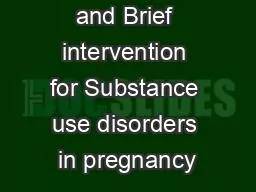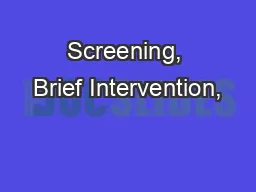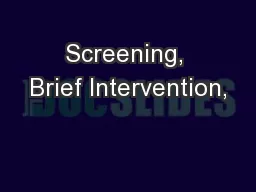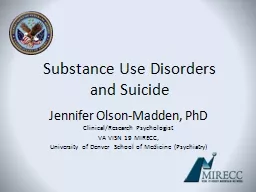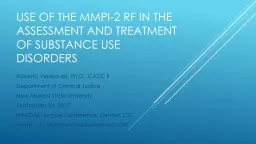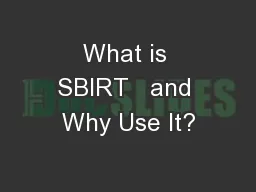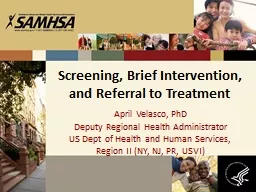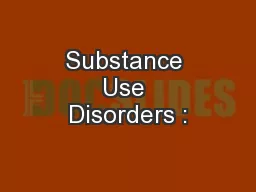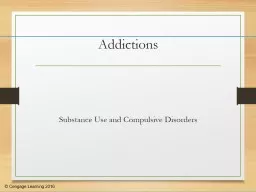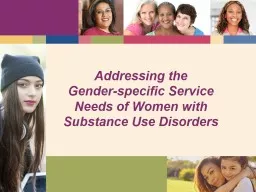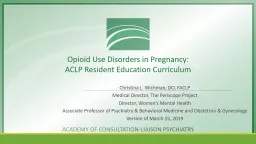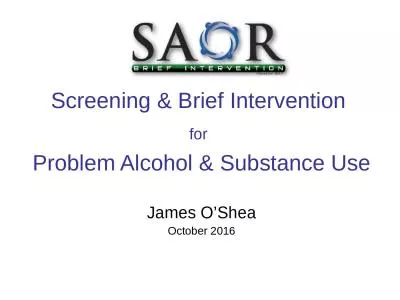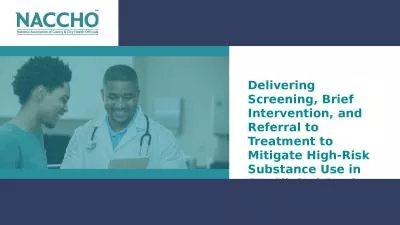PPT-Identification and Brief intervention for Substance use disorders in pregnancy
Author : eartala | Published Date : 2020-06-15
Jaye M Shyken MD St Louis University School of Medicine October 4 2018 Objectives Important concepts Drug addiction is a disease Addiction is a primary chronic
Presentation Embed Code
Download Presentation
Download Presentation The PPT/PDF document "Identification and Brief intervention fo..." is the property of its rightful owner. Permission is granted to download and print the materials on this website for personal, non-commercial use only, and to display it on your personal computer provided you do not modify the materials and that you retain all copyright notices contained in the materials. By downloading content from our website, you accept the terms of this agreement.
Identification and Brief intervention for Substance use disorders in pregnancy: Transcript
Download Rules Of Document
"Identification and Brief intervention for Substance use disorders in pregnancy"The content belongs to its owner. You may download and print it for personal use, without modification, and keep all copyright notices. By downloading, you agree to these terms.
Related Documents

